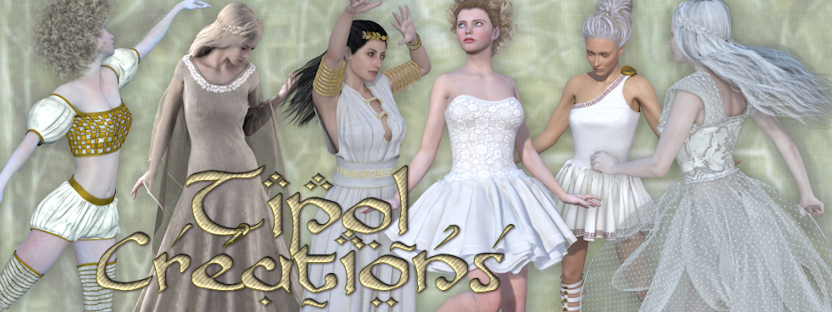


Step 1 - Setting Up the Projectįirst, you’ll want to install prettier globally from NPM, if you haven’t already. This tutorial was verified with Node v16.5.0, npm v7.20.0, vue v2.6.11, eslint v6.7.2, prettier v2.3.2, eslint-config-prettier v8.3.0, and eslint-plugin-vue v6.2.2". Some familiarity with setting up a Vue.js project may be beneficial.From skies and volumetric clouds to terrains, large-scale EcoSystems, wind-swept vegetation, open water bodies, roads and rocks: everything is right there for you to use out of the box.
Vue esprit tutorials how to#
Node.js installed locally, which you can do by following How to Install Node.js and Create a Local Development Environment. The Creator Solution gets you all you need to re-create your wildest digital ideas from photorealistic natural landscapes, terrains, sci-fi or fantasy scenes, to abstract art, and more If you dream it, you can create it The Creator Solution balances both your budget and creativity by combining VUE and PlantFactory - Creator Editions, to. VUE is the only environment package on the market that includes everything you need for creating beautiful CG environments.To complete this tutorial, you will need: In this article, you will learn how to use Prettier and ESLint with a Vue project. However, as of Prettier 1.10, *.vue files are officially supported! While it was rapidly adopted by the React and larger JavaScript (and even CSS!) ecosystems, Vue users were initially left in the dark, due to a lack of support for Single-File Components (. Its goal is to automate the work of formatting code to be super readable. Prettier takes the code you write, transforms it into an AST, then prints that AST in a, well, prettier format.


 0 kommentar(er)
0 kommentar(er)
